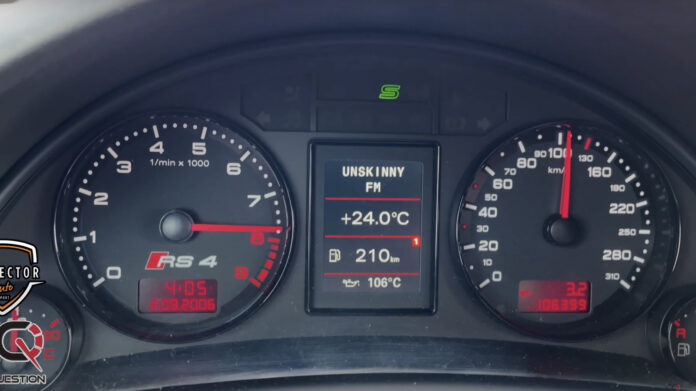The idea of an “Italian tune-up” has been around for ages at this point, but does it actually work? Is revving your engine to redline every once in a while actually good for it, does the harm outweigh the good, or does it not do anything at all? That’s what we’re going to find out today with the help of Jason Fenske and his Engineering Explained YouTube channel.
In the nine-ish minute video, Fenske looked at a few studies conducted by the Society of Automotive Engineers that examined what heat does to deposits on direct injection intake valves and pistons. They also talk about how carbon deposits form on engines and the best ways to keep those deposits from happening. In essence, they wanted to know whether or not it was possible for an engine to actually get rid of carbon deposits on your spark plugs and other components by being driven hard. Well, big news: it turns out engines can create enough heat while running at high RPMs to break apart these deposits.
Your results may vary
That’s not the end of the story, though. Unfortunately, like most things in life, it’s not that simple. One of the studies Fenske looked at found that running a direct-injection turbocharged engine at high speeds could actually raise the chances of carbon deposits forming. Basically, it all depends on whether or not your engine can get hot enough to break down these deposits, and it varies from engine to engine. Some just run hotter than others.
According to Fenske, if you rev your car all the way out once every time you drive it, nothing is really going to happen. It’s not going to cause any consistent carbon breakdown, and it’s not going to hurt your motor. You’ve got to keep constant increased temperatures to see any real effect. So you Jalops can keep wringing your engines out to your heart’s content, at least within reason.


